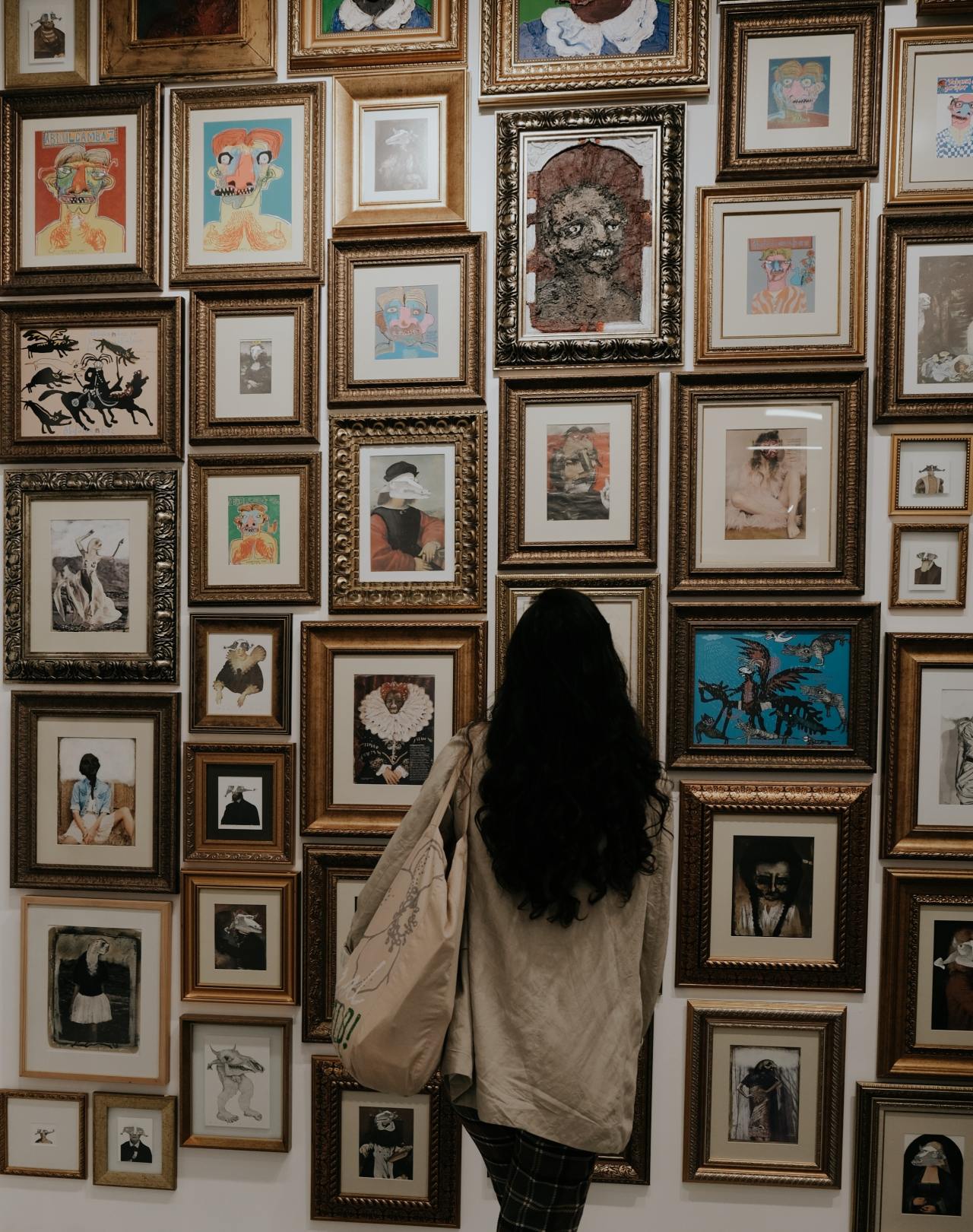
Here’s How Consumerism Is Killing Art (And How We Can Save It)
Consumerism killed art, and we are all accomplices to it.
We could be surrounded by genius; every item we purchase has the potential to be a work of art created with love, originality, and quality. Alarmingly, the market inundates us with the opposite. We are coerced to buy more and more disposable products created by dehumanizing labor. Mass-produced, generic pieces embed into the zeitgeist as short-lived trends, only to be replaced immediately. Riddled with low-quality, derivative items, we collectively spend more to waste more.
By demanding instant gratification, we inadvertently destroy art; encouraging mass production suffocates small businesses and artisans, leaving little room for true craftsmanship. What does survive becomes increasingly rare, unaffordable, and only accessible through significant wealth. When we fail to practice art appreciation, we permit capitalism to trap us in a convoluted cycle of exploitation, one in which the average person may never be a patron.
With the rise of fast production, even the most classic, timeless brands are pushed to overproduce by using crappy materials, plagiarized designs, and unethical labor. As we forget the worth of art, we grow increasingly guilty of brutalizing others for production. It is estimated that 27 million people around the world are currently enslaved, working in subhuman conditions to maintain the same supply chain that creates 268 million tons of waste each year… from Americans alone. Convinced that hoarding items will provide us happiness, we exist so far away from their origins that we justify suffering. The destruction we facilitate achieves nothing; we remain unsatiated, choosing to consume again and again.
The Science of Wellbeing, Yale’s most popular class, explains that contentment is derived from the “savoring of experiences.” Art appreciation is the savoring of hard work, love, and emotion. Disturbingly, this practice has dissipated as gross consumerism becomes ubiquitous; art classes are even being choked out of schools in favor of “measurable” subjects. What we fail to remember is that happiness is immeasurable, deriving from the qualitative, not the quantitative.
In this quest toward total systemic production, we trap future generations into cycles of industrialization and separation from self. We make it impossible for our children to achieve a happier, aesthetic state of being; we replace art with profit, prioritizing monetization over experience. Without the practice of art appreciation, we grow addicted to products, destroying our mental health in the process. Consumerism killed the arts and the planet, and we are using it to kill one another.
The growing class divide reflects more than monetary difference now; it reflects a person’s ability to consume ethically. We are being torn away from art and forced to exploit, but it doesn’t have to be this way. By focusing on what is beautiful and made with passion and skill, we can divest from overconsumption. By teaching our children to slow down, to revel in play and creativity, and to make intentional, meaningful purchases, we let them lean into their humanity. They learn to appreciate the nature, time, effort, and love that goes into art. They get to rebuild a world of happy people who freely produce brilliance.
Throughout history, royalty has fought to distinguish its status by funding the greatest artists of the time—painters, architects, even jesters. We have always known that art moves us forward as an expression of skill, intention, and revolution. Even the earliest humans created art once survival needs were met. At this stage in humanity’s development, our level of industrialization could heighten the experience of art; if resources were properly distributed, we would have enough to provide universal basic needs and become “royalty” ourselves. Truly, we should be gluttonous for art, providing a utopia for emerging creators. Yet this choice only exists for the uber-wealthy who can afford ethical patronship. It doesn’t have to be this way.
Art is original. It speaks soul to soul, transcending language. It represents the philosophy and self-examination that arises after basic needs have been met. It is real, uninflated value. Art is human.
We should be surrounded by reminders of our own humanity. Instead, we are stuck exploiting and consuming. We should be living less cluttered, more intentional, deeply aesthetic lives. We should be happier.
This essay wants to revive small business, ethical production, climate consciousness, wealth equality, and self-actualization. This essay wants to revive art.
